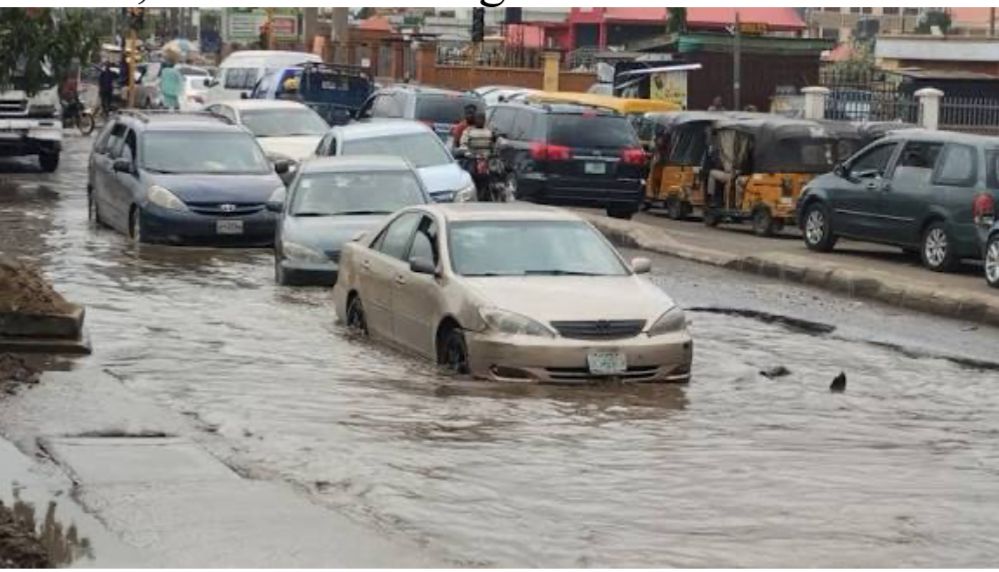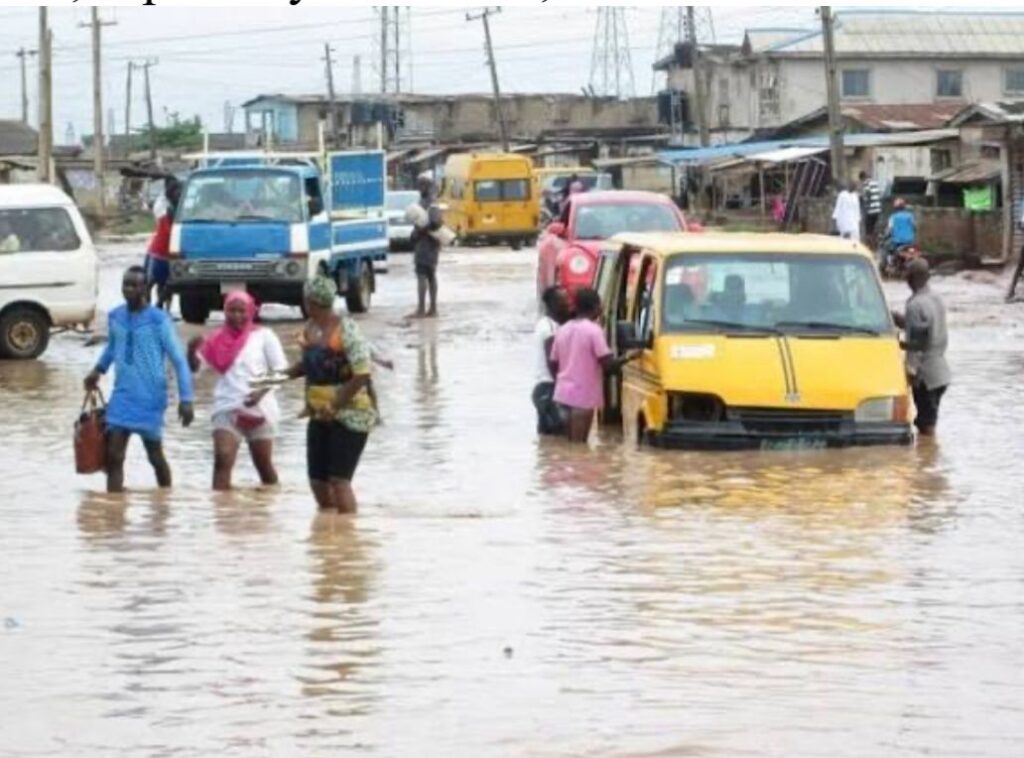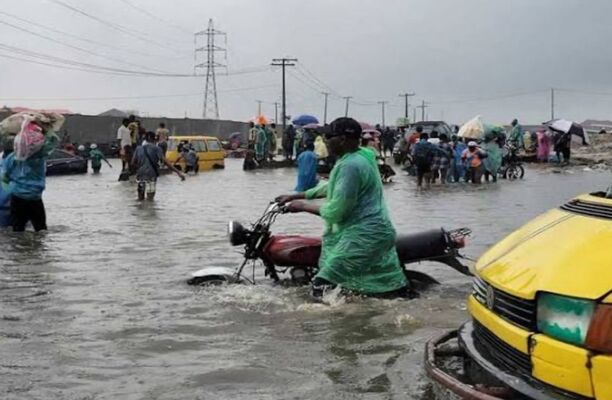By Sunkanmi Adewunmi
This week’s torrential downpour turned Lagos streets into rivers. In parts of the city drivers found themselves literally waist-deep in water. Motorists and commuters were trapped after an hours-long early morning downpour – business districts and markets ground to a halt and vehicles broke down on waterlogged roads. Areas long known for flooding were hit hardest: Lagos Island, Ikoyi, Maryland, Funsho Williams Avenue and Lekki all saw major submergence, and even the ports corridor at Apapa/Oshodi stood still under water. In short, the usual Lagos traffic jams were made exponentially worse by the rains.
Worst-Hit Corners of the City
Residents report that low-lying areas became impassable. For example, Funsho Williams Avenue (Western Avenue) and Ikorodu Road were submerged in places, and congested hubs like Oshodi and Oworonshoki ground to a standstill. Even major arteries like the Apapa–Oshodi Expressway and Maryland-Obalende route, vital for crossing the city, were overwhelmed. As one Lagosian quipped on social media: “When your street turns into a swimming pool overnight…”, a painfully relatable joke for those wading home through ankle-deep water.
City officials scrambled to respond. In flooded neighborhoods, authorities actively urged drivers to use detours. For instance, in 2024 after the Alimosho area’s Command Bridge was submerged, NEMA (the National Emergency Management Agency) bluntly told residents to avoid the whole area and “use alternative routes” instead. In fact, Lagos traffic authorities often issue informal diversion plans – a recent advisory rerouted Ikoyi-bound traffic via Oba Adeyemi Oyekan Avenue onto Lugard/Cameron roads to bypass work on Osborne/Alfred Rewane Road. In practice this rainy season it means listening to radio traffic alerts and following police or LASTMA directives on the fly. If the usual bridge is under water, don’t fight the jam, find the next available route, even if it’s longer.

Driving in Floods: Stay Safe
Not only is flooded traffic slow, it can be dangerous. Opportunistic thieves and “one-chance” robbers often strike when cars are stuck in gridlock. Lagos drivers report that criminals lie in wait whenever rain brings fresh jams. One man’s warning went viral after he was robbed on the Gbagada Expressway in heavy rain. The thieves approached, demanded money, and when he refused they “shattered the front passenger side glass and took his belongings” while he sat helplessly trapped. He later cautioned: “Don’t drive when it’s raining… Don’t drive at night and roll down your glass. Stay in the middle lane”.
To keep yourself safe in this situation, follow simple precautions:
Avoid unnecessary trips in downpours. If you can, wait out heavy storms before setting off. As one Lagos motorist advises, “avoid driving on Lagos roads whenever it is raining or take extra caution”. (Rain means traffic jam; jam means prime robbery time.)
- Lock up in traffic jams. Always roll windows fully up and lock doors when you stop in a flood-clogged road. Thieves often hit stationary cars – one robbery report specifically described hoodlums “telling [the driver] to wind down and give them money,” then smashing the window when he didn’t comply. Don’t give them that chance.
- Hand over valuables if threatened. If armed criminals do target your car, expert advice is clear: surrender quickly rather than resist. In fact, international travel advisories for Nigeria bluntly advise, “If you are confronted by armed criminals, it is best to surrender and cooperate, resistance tends to make the situation worse.”. Your phone or purse can be replaced, you cannot.
- Keep a low profile. Avoid flashy jewelry or openly handling cash in the street. Official sources warn against “conspicuous displays” of money or valuables. In crowded, stressful jams, even turning on your phone can make you a target. Travel light and quiet to stay under the radar.
- Use main lanes and stay together. If possible, drive in the middle lanes where fellow drivers can see you. Criminals prefer cornering cars at the edges or shoulders. (For example, traffic news notes that Mile 2, the narrow choke point into Lagos Island, is a notorious “robbery hotspot” where thieves smash car windows and snatch bags.) Sharing your ride or convoying with others, especially after dark, also cuts the risk.

In short, Lagos rains demand patience and caution. Listen to official traffic bulletins (the police and LASTMA often post real-time alerts on social media), plan alternate routes ahead of time, and stay alert when you’re in a jam. The city’s drainage woes may not change overnight, but by following these local tips – and keeping valuables out of sight – drivers can at least keep moving and stay safe even when Lagos roads turn into waterways.








